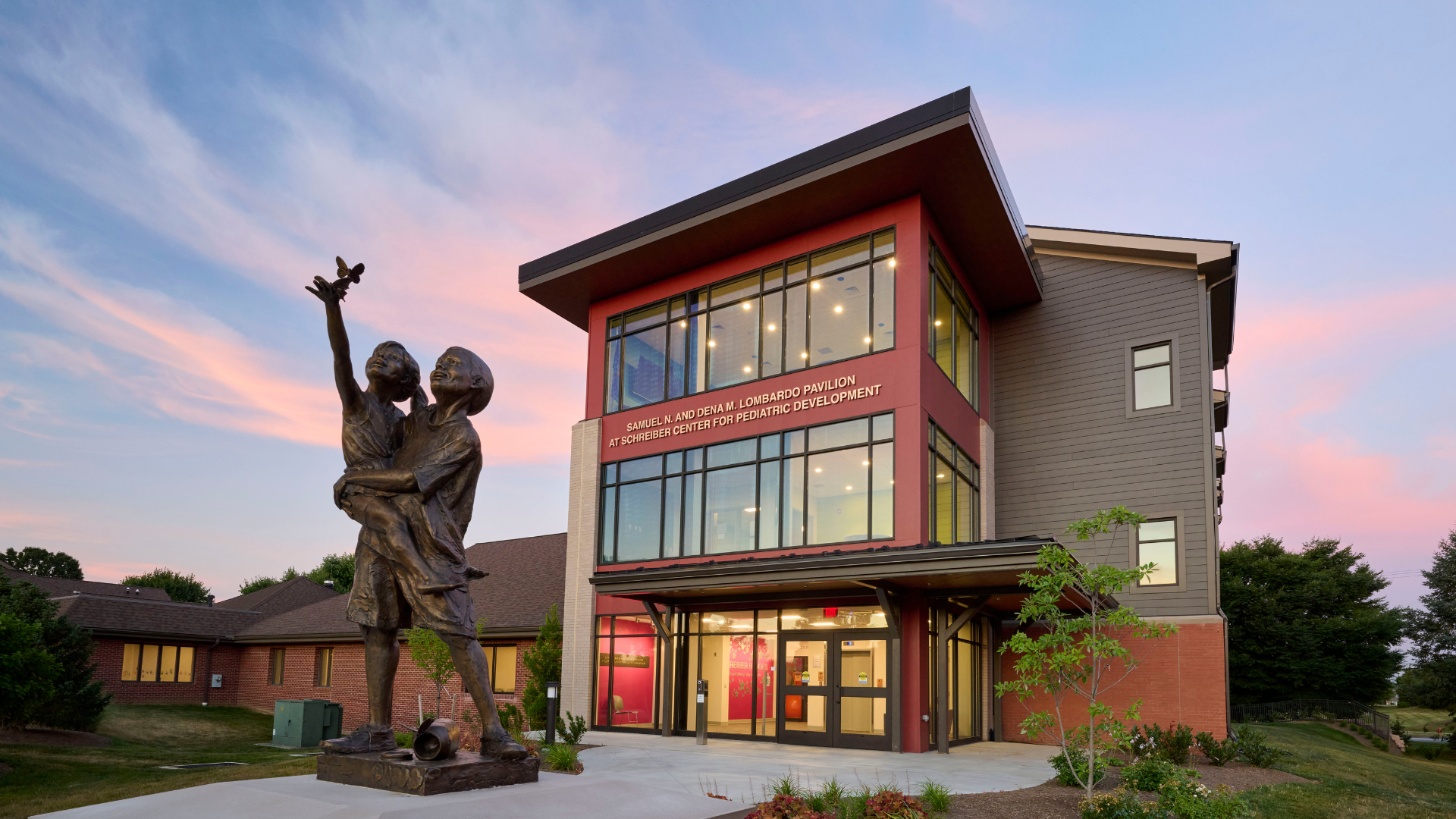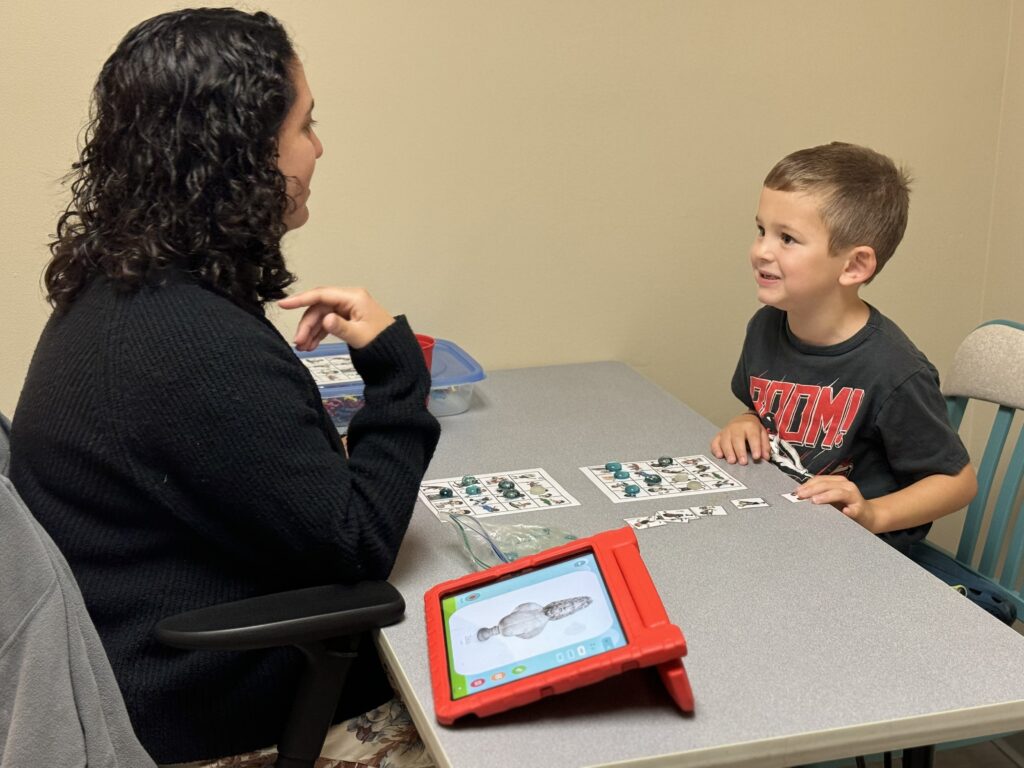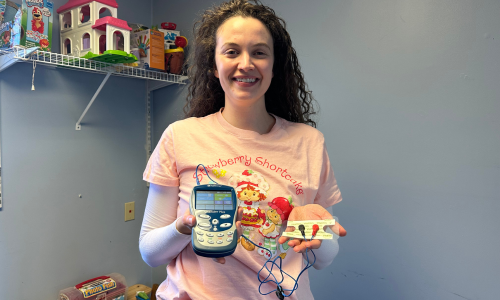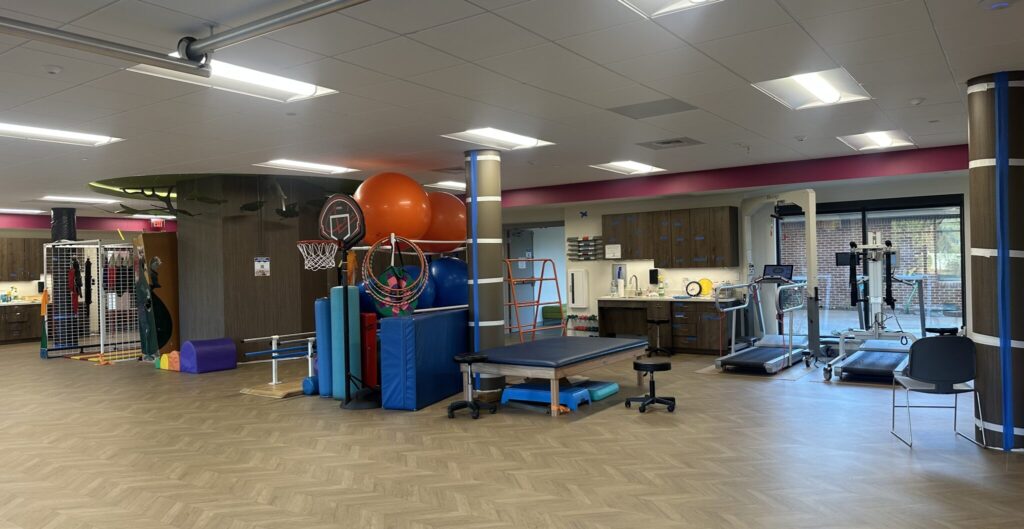
Category: Pediatric

Gavin Mitstifer: Defying the Odds Every Day
June 5, 2025
Every child deserves the chance to grow, move, and live with hope for the future. But for children with Congenital Myasthenic Syndromes, like Gavin Mitstifer, 2025 Schreiber Ambassador, that path [&he...

Technology and Your Child’s Developing Brain
June 13, 2024
In today’s digital age, technology has become an integral part of our lives. From smartphones to tablets, screens are everywhere, and children are increasingly exposed to them. However, this exposur...

VitalStim Therapy for Dysphasia Now Offered at the Schreiber Center
February 15, 2024
We’re delighted to announce that with the addition of Ashley Shaffer to our speech-language department we are now able to offer VitalStim therapy for kids with swallowing disorders. Ashley is [&hell...

How Schreiber Transformed Our Son’s Feeding Challenges: A Personal Testimonial
January 30, 2024
Written by: Schreiber Client Finn’s Mom, Danielle Gwilt Our son Finn was diagnosed with food allergies shortly after his first birthday, and a chronic digestive condition called Eosinophilic Esophag...

OASUS Harness System Takes Pediatric Physical Therapy to New Heights at Schreiber Center
January 18, 2024
The new physical therapy gym at the Schreiber Center for Pediatric Development is now open! This state-of-the-art facility is equipped with a range of innovative equipment and open spaces, all [&helli...

Small Victories Creating Big Impacts for the Morales Family
January 8, 2024
Teresa, the youngest, and fifth of the Morales children to receive pediatric therapy services here at the Schreiber Center faced hurdles with her speech and fine motor skills. Her parents, […]

Thank You to our 2023 Ambassadors!
December 23, 2023
As we reflect on 2023, we are filled with gratitude for the amazing kids and families who have allowed us to spotlight their journeys through our therapy services, the true […]

Kolton Conquers Sensory Struggles and Graduates Occupational Therapy Victorious
December 18, 2023
At three years old, Kolton was having difficulty within a variety of areas including attention, transitions, emotional regulation, sensory processing, using feeding utensils, and pencil grip. His mom...

Brookfield’s Safe Harbor Team Steps Up for Schreiber Center
November 20, 2023
Brookfield Renewables hosted their company-wide step competition, a fantastic initiative promoting healthy exercise habits while raising funds for charity again this summer and a team from Safe Harbor...

Sam Leon-Durkee: Young man with a plan
April 19, 2022
Sam Leon-Durkee started a recent physical therapy session working on a piece of equipment called a Galieleo vibration plate. He sat down on a bench, put his feet on the plate […]
